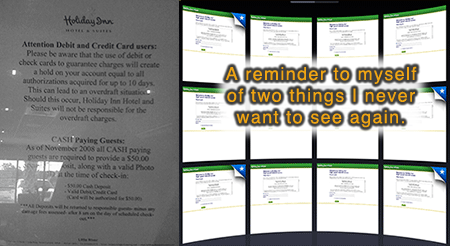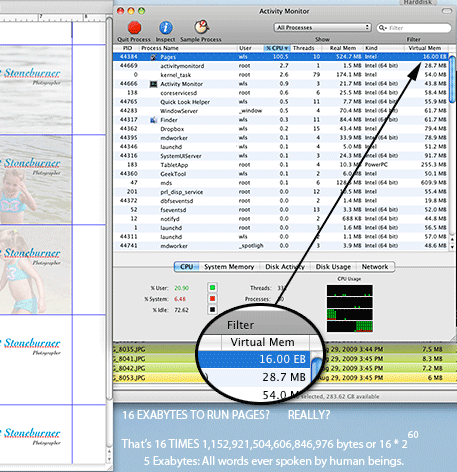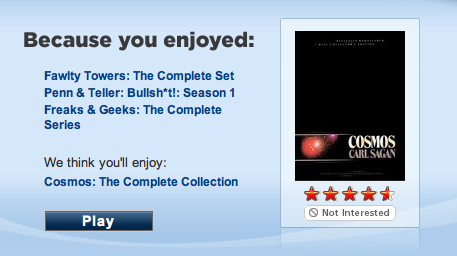Solution to how to do a global search and replace in MS-Word, including across floating text objects, in C#/.NET.
Heads up, this article contains high quantity of geek content. Non-geeks should move along.
I’ve been trying to use Microsoft.Office.Interop.Word to perform a global bulk search and replace operations across an entire document. The problem was, however, if a document contained a floating text box, which manifested itself as a shape object of type textbox, the find and replace wouldn’t substitute the text for that region. Even using Word’s capability to record a macro and show the VBA code wasn’t helpful, as the source code in BASIC wasn’t performing the same operation as inside the Word environment.
What I wanted was a simple routine to replace text anywhere inside of a document. If you Google for this you’ll get the wrong kind of textbox, the wrong language, people telling you not to use floating textboxes, and all kinds of weird story iterators.
One site seemed to have the solution; many kind thanks to Doug Robbins, Greg Maxey, Peter Hewett, and Jonathan West for coming up with this solution and explaining it so well.
However, the solution was in Visual Basic for Applications, and I needed a C# solution for a .NET project. Here’s my port, which works with Office 2010 and Visual Studio 2010 C#/.NET 4.0. I’ve left a lot of redundant qualifiers and casting on to help people searching for this article.
using System;
using System.Collections.Generic;
using System.ComponentModel;
using Microsoft.Office.Interop.Word;
// BEGIN: Somewhere in your code
Application app = null;
Document doc = null;
try
{
app = new Microsoft.Office.Interop.Word.Application();
doc = app.Documents.Open(filename, Missing, Missing, Missing, Missing, Missing, Missing, Missing, Missing, Missing);
FindReplaceAnywhere(app, find_text, replace_text);
doc.SaveAs(outfilename, Missing, Missing, Missing, Missing, Missing, Missing, Missing, Missing, Missing);
}
finally
{
try
{
if (doc != null) ((Microsoft.Office.Interop.Word._Document) doc).Close(true, Missing, Missing);
}
finally { }
if (app != null) ((Microsoft.Office.Interop.Word._Application) app).Quit(true, Missing, Missing);
}
// END: Somewhere in your code
// Helper
private static void searchAndReplaceInStory(Microsoft.Office.Interop.Word.Range rngStory, string strSearch, string strReplace)
{
rngStory.Find.ClearFormatting();
rngStory.Find.Replacement.ClearFormatting();
rngStory.Find.Text = strSearch;
rngStory.Find.Replacement.Text = strReplace;
rngStory.Find.Wrap = WdFindWrap.wdFindContinue;
object arg1 = Missing; // Find Pattern
object arg2 = Missing; //MatchCase
object arg3 = Missing; //MatchWholeWord
object arg4 = Missing; //MatchWildcards
object arg5 = Missing; //MatchSoundsLike
object arg6 = Missing; //MatchAllWordForms
object arg7 = Missing; //Forward
object arg8 = Missing; //Wrap
object arg9 = Missing; //Format
object arg10 = Missing; //ReplaceWith
object arg11 = WdReplace.wdReplaceAll; //Replace
object arg12 = Missing; //MatchKashida
object arg13 = Missing; //MatchDiacritics
object arg14 = Missing; //MatchAlefHamza
object arg15 = Missing; //MatchControl
rngStory.Find.Execute(ref arg1, ref arg2, ref arg3, ref arg4, ref arg5, ref arg6, ref arg7, ref arg8, ref arg9, ref arg10, ref arg11, ref arg12, ref arg13, ref arg14, ref arg15);
}
// Main routine to find text and replace it,
// var app = new Microsoft.Office.Interop.Word.Application();
public static void FindReplaceAnywhere(Microsoft.Office.Interop.Word.Application app, string findText, string replaceText)
{
// http://forums.asp.net/p/1501791/3739871.aspx
var doc = app.ActiveDocument;
// Fix the skipped blank Header/Footer problem
// http://msdn.microsoft.com/en-us/library/aa211923(office.11).aspx
Microsoft.Office.Interop.Word.WdStoryType lngJunk = doc.Sections[1].Headers[WdHeaderFooterIndex.wdHeaderFooterPrimary].Range.StoryType;
// Iterate through all story types in the current document
foreach (Microsoft.Office.Interop.Word.Range rngStory in doc.StoryRanges)
{
// Iterate through all linked stories
var internalRangeStory = rngStory;
do
{
searchAndReplaceInStory(internalRangeStory, findText, replaceText);
try
{
// 6 , 7 , 8 , 9 , 10 , 11 -- http://msdn.microsoft.com/en-us/library/aa211923(office.11).aspx
switch (internalRangeStory.StoryType)
{
case Microsoft.Office.Interop.Word.WdStoryType.wdEvenPagesHeaderStory: // 6
case Microsoft.Office.Interop.Word.WdStoryType.wdPrimaryHeaderStory: // 7
case Microsoft.Office.Interop.Word.WdStoryType.wdEvenPagesFooterStory: // 8
case Microsoft.Office.Interop.Word.WdStoryType.wdPrimaryFooterStory: // 9
case Microsoft.Office.Interop.Word.WdStoryType.wdFirstPageHeaderStory: // 10
case Microsoft.Office.Interop.Word.WdStoryType.wdFirstPageFooterStory: // 11
if (internalRangeStory.ShapeRange.Count > 0)
{
foreach (Microsoft.Office.Interop.Word.Shape oShp in internalRangeStory.ShapeRange)
{
if (oShp.TextFrame.HasText != 0)
{
searchAndReplaceInStory(oShp.TextFrame.TextRange, findText, replaceText);
}
}
}
break;
default:
break;
}
}
catch
{
// On Error Resume Next
}
// ON ERROR GOTO 0 -- http://www.harding.edu/fmccown/vbnet_csharp_comparison.html
// Get next linked story (if any)
internalRangeStory = internalRangeStory.NextStoryRange;
} while (internalRangeStory != null); // http://www.harding.edu/fmccown/vbnet_csharp_comparison.html
}
}
Let me know if it worked for you; bug fixes and enhancements welcome.




